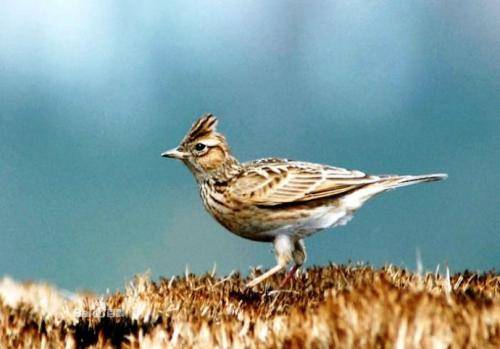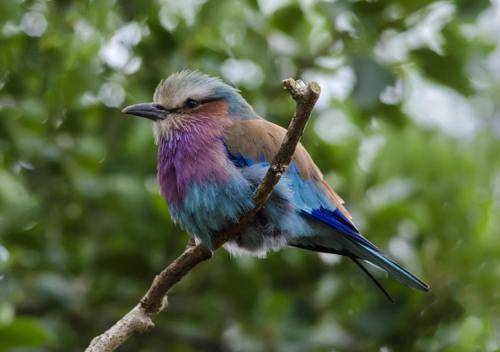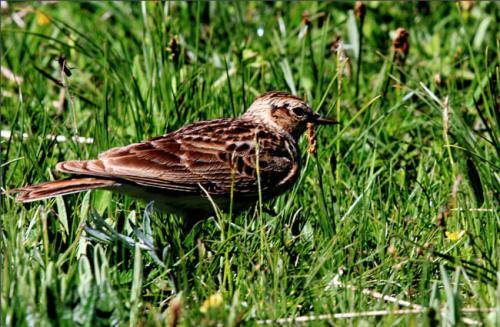Lark is known as a singer on the grassland. It is mainly distributed in arid mountainous, grassland and desert areas such as Inner Mongolia, Qinghai and Hebei. Inland cities are rare and are the elves on the grassland. Lark is very small, but the lark living in the wild has bright feathers and a beautiful crest on its head. It is very special. It is one of the precious ornamental birds. The most attractive thing about lark is its crisp and graceful call and its ability to imitate the calls of various birds. Therefore, many people choose lark as a pet bird, because the process of bird training is also a kind of enjoyment, which can calm people down, forget their troubles and make life more fun.

The number of wild larks is becoming more and more scarce with the continuous capture of human beings. In 2000, they were listed as the second-class protected animals in our country and can not be captured at will. Wild larks have strong survival ability and have no special requirements for food. The vast grassland can provide them with inexhaustible food. However, larks are beneficial birds to eliminate the damage to crops, because larks living in the wild prey on themselves. In addition to grass seeds and tender leaves, insects are good food. Especially for newborn birds, larks will go out to catch a large number of insects to feed. They are truly pest killing and beneficial birds. But artificial breeding larks should be more meticulous.

If you want to raise larks, it’s best to start from the young birds, because the young birds are easier to train and dress. You can choose the larks that have just been born for about 15 days. The so-called: people work hard and birds are good, but it’s important to train young ones. However, the feeding of young birds is a more meticulous work. At this time, the birds will not eat by themselves. They need to be fed by the master. Moreover, the young birds cannot drink water directly. Therefore, the preparation of food should be more meticulous. You can add 2 egg yolks with mung bean powder or pea powder, add water and stir them all, rub them into small strips, take one or two mouthfuls each time, feed them seven or eight times a day, eat less and eat more meals.

But three months later, larks have begun to grow up and eat by themselves. At this time, they should give enough water. At the same time, they can feed eggs, millet and some insects and insects such as locusts and earthworms to adjust their taste. At the same time, it can also supplement some vegetables, grains and plant seeds, and achieve balanced nutrition with meat and vegetables. At the same time, the food eaten by larks must be fresh and clean. Moldy food must not be given to birds.

